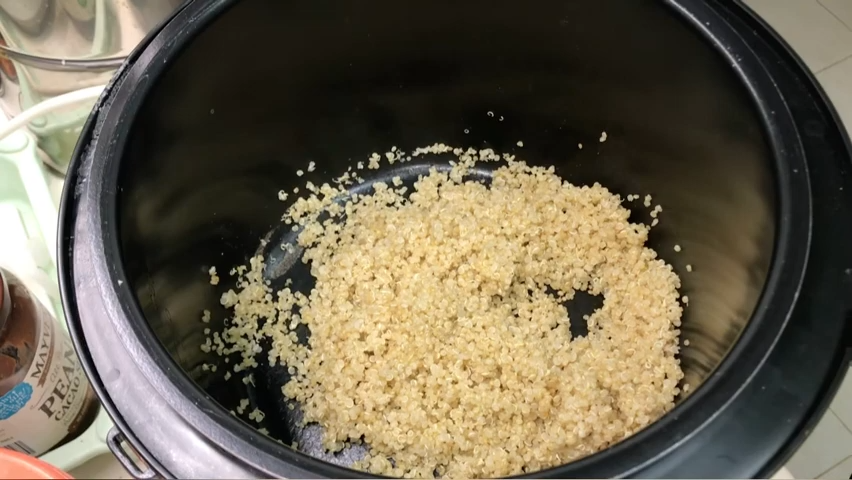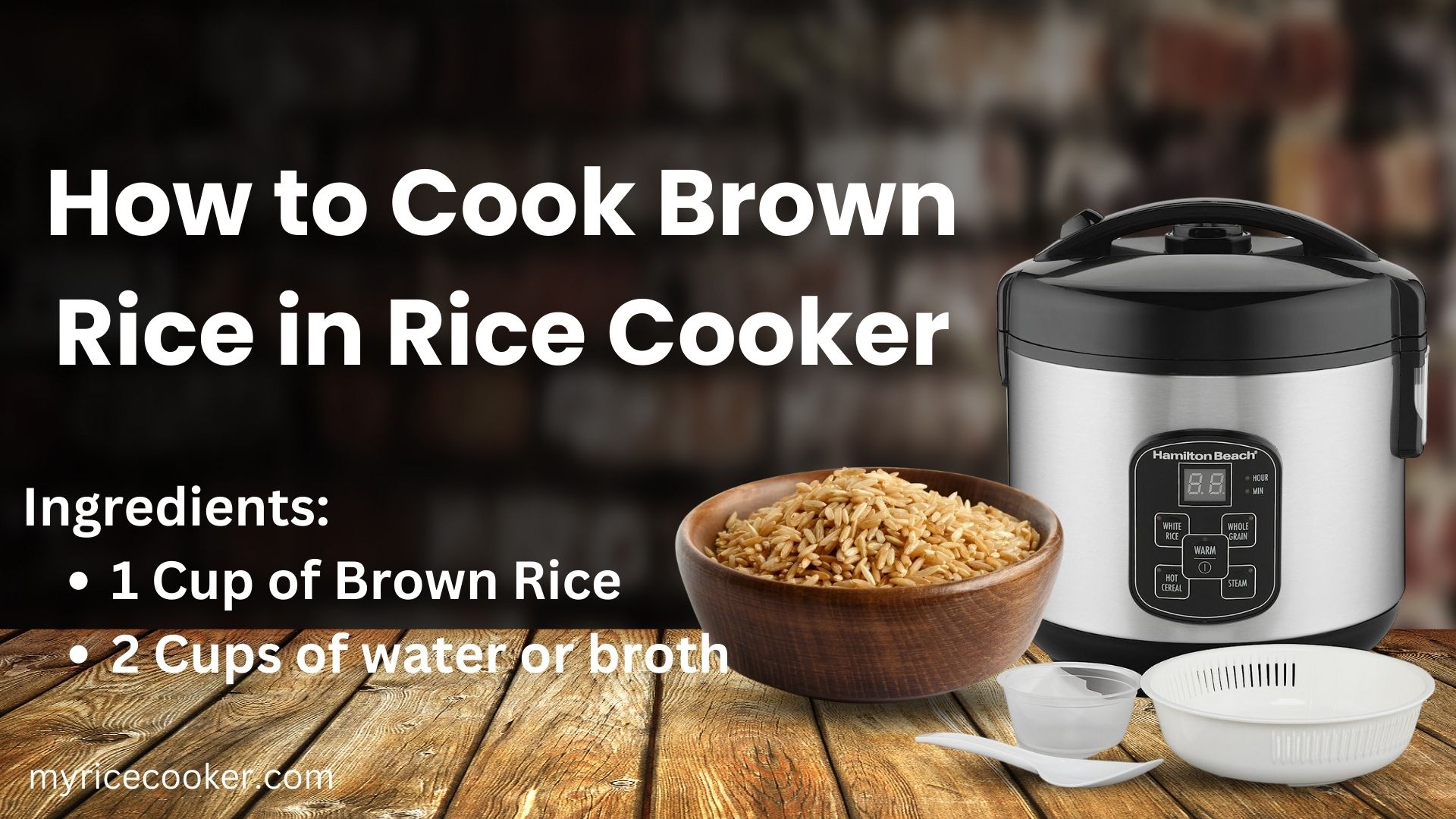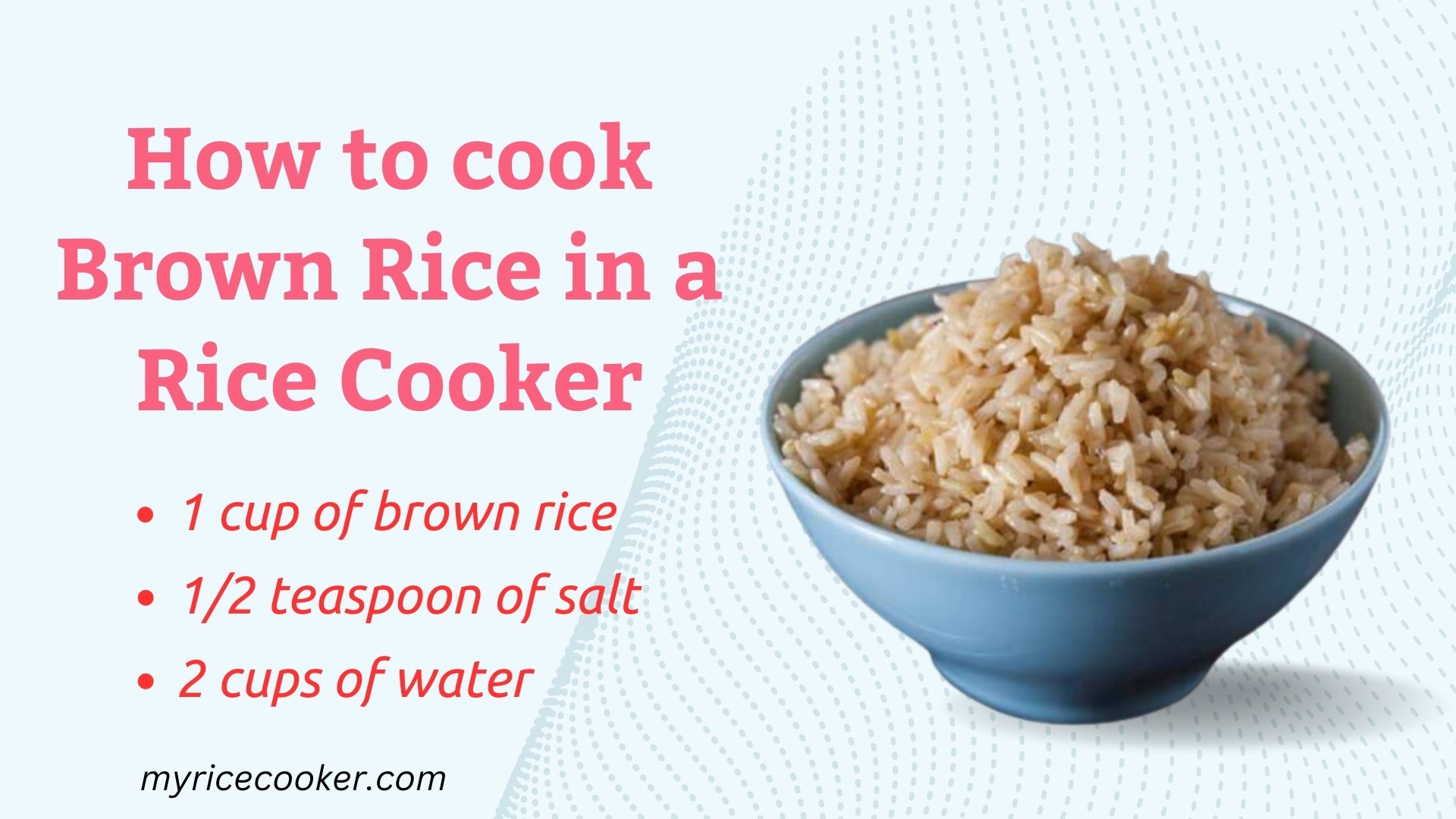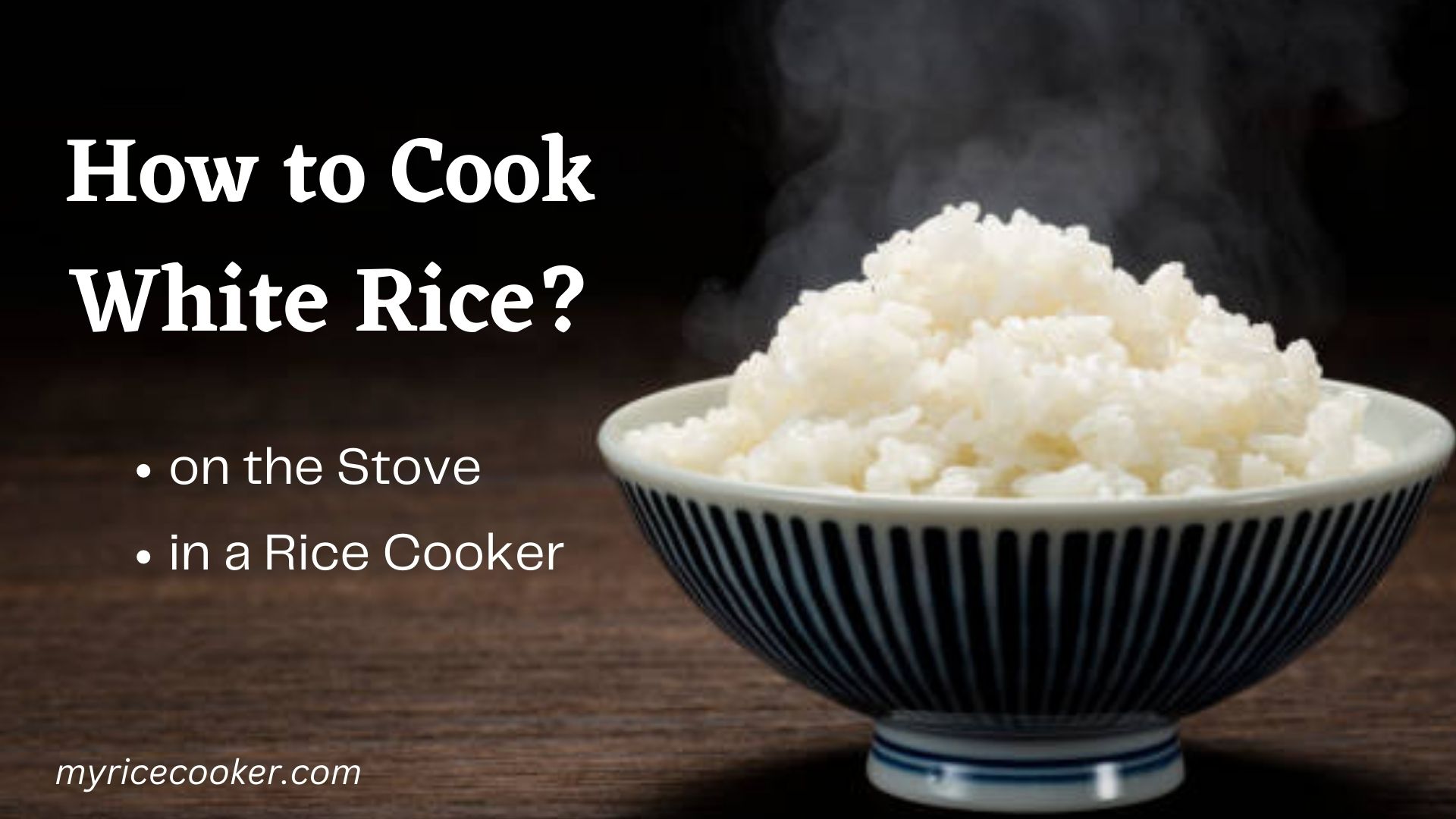How to Cook Quinoa in a Rice Cooker?

Cooking quinoa in a rice cooker is a convenient and hassle-free way to achieve perfectly cooked quinoa. Here is the step by step guide How to cook quinoa in a rice cooker-
Contents
Ingredients to cook quinoa in a rice cooker
To cook quinoa in a rice cooker, you will need the following ingredients:
Quinoa: Choose your preferred color of quinoa (white, red, or black). Use the desired amount based on your recipe or serving size.
Water or Broth: Use water or vegetable broth to cook the quinoa. The general guideline is to use a 1:2 ratio of quinoa to liquid. For example, if you’re cooking 1 cup of quinoa, you’ll need 2 cups of water or broth.
Salt (optional): You can add a pinch of salt to enhance the flavor of the quinoa, but it’s entirely optional.
These simple ingredients are all you need to cook quinoa in a rice cooker. Adjust the quantities based on the amount of quinoa you plan to cook and your personal taste preferences.
How to cook quinoa in a rice cooker
Here’s a step-by-step guide:
Step 1. Measure Quinoa:
Start by measuring the desired amount of quinoa using the rice measuring cup or a standard measuring cup. As a general rule, use a 1:2 ratio of quinoa to water. For example, if you’re cooking 1 cup of quinoa, use 2 cups of water.
Step 2. Rinse Quinoa:
Rinse the quinoa under cold water using a fine-mesh sieve or strainer. This step helps remove any bitterness and excess starch from the quinoa.
Step 3. Add Quinoa and water:
Transfer the rinsed quinoa to the rice cooker pot. Spread it evenly to ensure even cooking. Then, add the corresponding amount of water based on the 1:2 ratio. Adjust the water amount if you prefer a softer or firmer texture.
Step 4. Select the cooking setting:
Check the user manual for your specific rice cooker model to find the appropriate cooking setting for grains or quinoa. If there’s a specific quinoa setting, use that. Otherwise, choose the setting that best suits cooking grains.
Step 5. Start the cooking cycle:
Once you’ve selected the appropriate setting, start the cooking cycle by pressing the designated button or switch. The rice cooker will automatically adjust the temperature and cooking time for optimal results.
Step 6. Wait for the cooking cycle to complete:
Allow the rice cooker to work its magic. It will monitor and adjust the cooking process to ensure the quinoa is perfectly cooked. Avoid opening the lid during cooking, as it may disrupt the cooking process.
Step 7. Let it rest:
Once the cooking cycle is complete, the rice cooker will automatically switch to the keep-warm function. This will maintain the temperature of the quinoa until you’re ready to serve. Let the quinoa rest in the cooker for a few minutes to allow any remaining moisture to redistribute.
Step 8. Fluff and Serve:
Open the rice cooker and fluff the quinoa gently with a fork to separate the grains. This step adds lightness and ensures a fluffy texture. Serve the quinoa as a nutritious side dish, base for salads, or as an ingredient in various recipes.
Remember to refer to the specific instructions provided in your rice cooker’s user manual, as different models may have slight variations in cooking times and settings. With your Zojirushi rice cooker, you can enjoy perfectly cooked quinoa with minimal effort. Happy cooking!
Benefits of Quinoa
Here’s a compact list highlighting the benefits of quinoa:
High Nutritional value: Quinoa is a nutrient-dense food, providing protein, fiber, vitamins, minerals, and antioxidants.
Gluten-free: Quinoa is naturally gluten-free, making it suitable for individuals with gluten sensitivity or those following a gluten-free diet.
Complete Protein source: Quinoa contains all nine essential amino acids, making it a valuable plant-based protein source.
Dietary Fiber: Quinoa is rich in dietary fiber, promoting digestive health, regulating blood sugar levels, and aiding in weight management.
Low Glycemic index: Quinoa has a low glycemic index, meaning it causes a slower rise in blood sugar levels compared to refined grains.
Versatile Ingredient: Quinoa can be used in a variety of dishes, including salads, soups, stir-fries, and baked goods, adding a nutty flavor and texture.
Essential minerals: Quinoa is a good source of minerals like magnesium, iron, and zinc, which are vital for various bodily functions.
Antioxidant properties: Quinoa contains antioxidants that help protect against oxidative stress and inflammation.
By incorporating quinoa into your diet, you can enjoy its numerous health benefits and enhance your overall well-being.
FAQs about Cooking Quinoa:
Q: How much water do you put in a rice cooker for quinoa?
A: The general rule for cooking quinoa in a rice cooker is to use a 1:2 ratio of quinoa to water. For example, if you’re cooking 1 cup of quinoa, add 2 cups of water.
Q: How much quinoa can you cook in a rice cooker?
A: The amount of quinoa you can cook in a rice cooker depends on the capacity of your rice cooker. However, as a general guideline, you can cook up to 3 cups of uncooked quinoa in a standard-sized rice cooker.
Q: Does quinoa double in size as it cooks?
A: Yes, quinoa expands and increases in size as it cooks. It absorbs water and becomes fluffy. On average, quinoa roughly doubles in size during the cooking process.
Q: Can I use any quinoa color?
A: Yes, you can use any color of quinoa for cooking. Whether it’s brown, red, or white quinoa, they can all be cooked using the same instructions and techniques.
Q: Can I flavor cooked quinoa?
A: Yes, you can add flavor to cooked quinoa. After it’s cooked, you can season it with a pinch of salt, pepper, or other spices according to your taste preferences. Adding herbs, lemon juice, or a drizzle of olive oil can also enhance the flavor.
Q: What color quinoa is the healthiest?
A: All quinoa colors are healthy grains, but red quinoa has a slightly stronger nutritional profile with more antioxidants compared to other colors.
Q: Is brown or white quinoa better?
A: Brown quinoa is generally considered the healthier option between brown and white quinoa. It retains the bran layer, which contains additional fiber and nutrients. However, even white quinoa is a nutritious choice.
Q: Is quinoa healthier than rice?
A: Quinoa is often considered a healthier alternative to rice. It is a complete protein, higher in fiber, protein, and antioxidants compared to rice.
Q: Do you need to soak quinoa before cooking?
A: While it’s not necessary to soak quinoa before cooking, doing so can make it easier to digest and help remove any bitter flavors. However, thorough rinsing of quinoa is essential to reduce bitterness.
Q: Is quinoa anti-inflammatory?
A: Quinoa contains many anti-inflammatory phytochemicals, which may contribute to its potential anti-inflammatory properties.
Q: How do you get rid of bitter quinoa taste?
A: The essential step to reduce the bitterness of quinoa is to rinse it thoroughly before cooking. This helps remove the natural coating called saponin, which can contribute to bitterness. Soaking quinoa for a few hours or using vegetable broth instead of water can also help minimize the bitter taste.



Leave a Reply